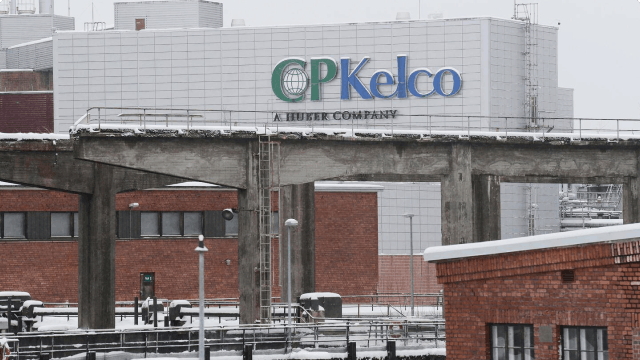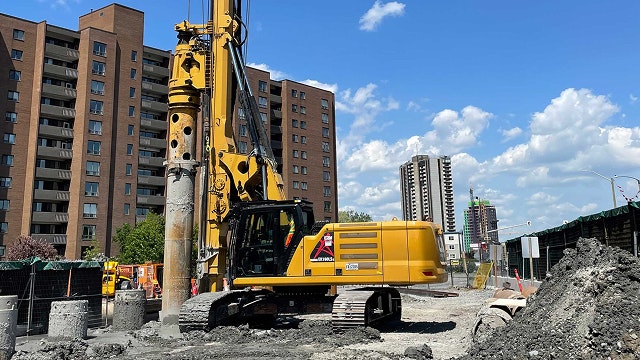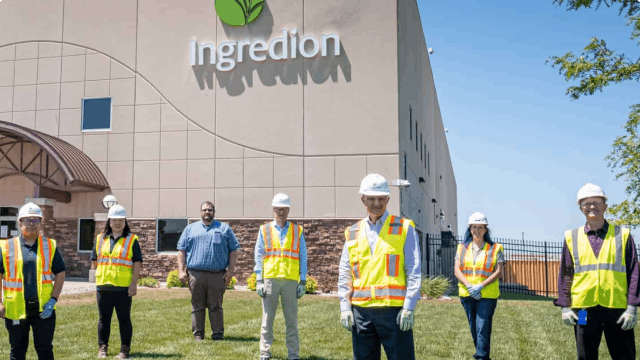
Challenge
At ICL, one of the world’s leading food-grade phosphate suppliers, time-based maintenance was creating more problems than it prevented.
Even during normal operations, assets were disassembled for inspections they didn’t need-disrupting stable cycles, increasing the risk of contamination, and introducing human error. Each unnecessary intervention meant more cleaning, revalidation, and potential food safety risks-especially critical in a tightly regulated industry.
When equipment did fail, the team often couldn’t respond in time. A single lubrication issue in a core asset forced a 30-day shutdown, halting production and throwing off the plant’s entire schedule.
ICL needed a smarter way to monitor asset health, detect failures early, and reduce manual intervention-without sacrificing productivity or food safety.
Solution
To overcome recurring failures and unnecessary shutdowns, ICL turned to Tractian condition monitoring. With input from maintenance and operations, they prioritized machines that directly impacted safety, compliance, and productivity, including the calciner, drying towers, mills, and exhausters.
Once deployed, Tractian sensors provided real-time visibility into asset behavior. At the mill, recurring lubrication alerts helped the team uncover hidden flaws in the maintenance plan. By cross-checking historical data and adjusting based on actual operating patterns, ICL eliminated repeat failures and restored reliability.
The team also used AI insights to reduce noise, flag false positives, and fine-tune alerts-transforming raw sensor data into action plans. Maintenance now operates with more predictability, stronger alignment with production, and faster turnaround on failure prevention.
Tractian helped ICL:
- Identify and eliminate recurring failures like lubrication issues;
- Adjust flawed preventive maintenance intervals based on real asset behavior;
- Improve cross-team coordination between maintenance and production;
- Eliminate one of two annual shutdowns-adding up to 10 extra production days;
- Recover 400+ tons of output per year, without compromising safety or reliability;
Impact
- 41% boost in operational efficiency: OEE indicators in sensor-equipped areas jumped from 50% to as high as 91%.
- 400+ tons of recovered production per year: By eliminating a full shutdown, ICL unlocked extra productivity in one of the plant’s most critical areas.
- No more midnight calls: Late-night emergencies became a thing of the past. Maintenance now runs with predictability and planning-no more after-hours surprises.
- Stronger food safety compliance: Maintenance traceability helped improve safety management across the board.
What’s next
With strong results already in place, ICL is moving into the third phase of its Tractian rollout-expanding sensor coverage to new, strategic areas of the plant.
The next step is to connect sensor data to the CMMS, integrating assets, work orders, and real-time analytics into a single platform. Maintenance will begin operating with full traceability and centralized planning. The goal is to prepare the plant for ISO 55001 certification, with a focus on asset management.
To support this, the company is investing in the consolidation of failure histories, digital traceability, and mobile-first tools for technicians-establishing a new benchmark for industrial reliability.


















